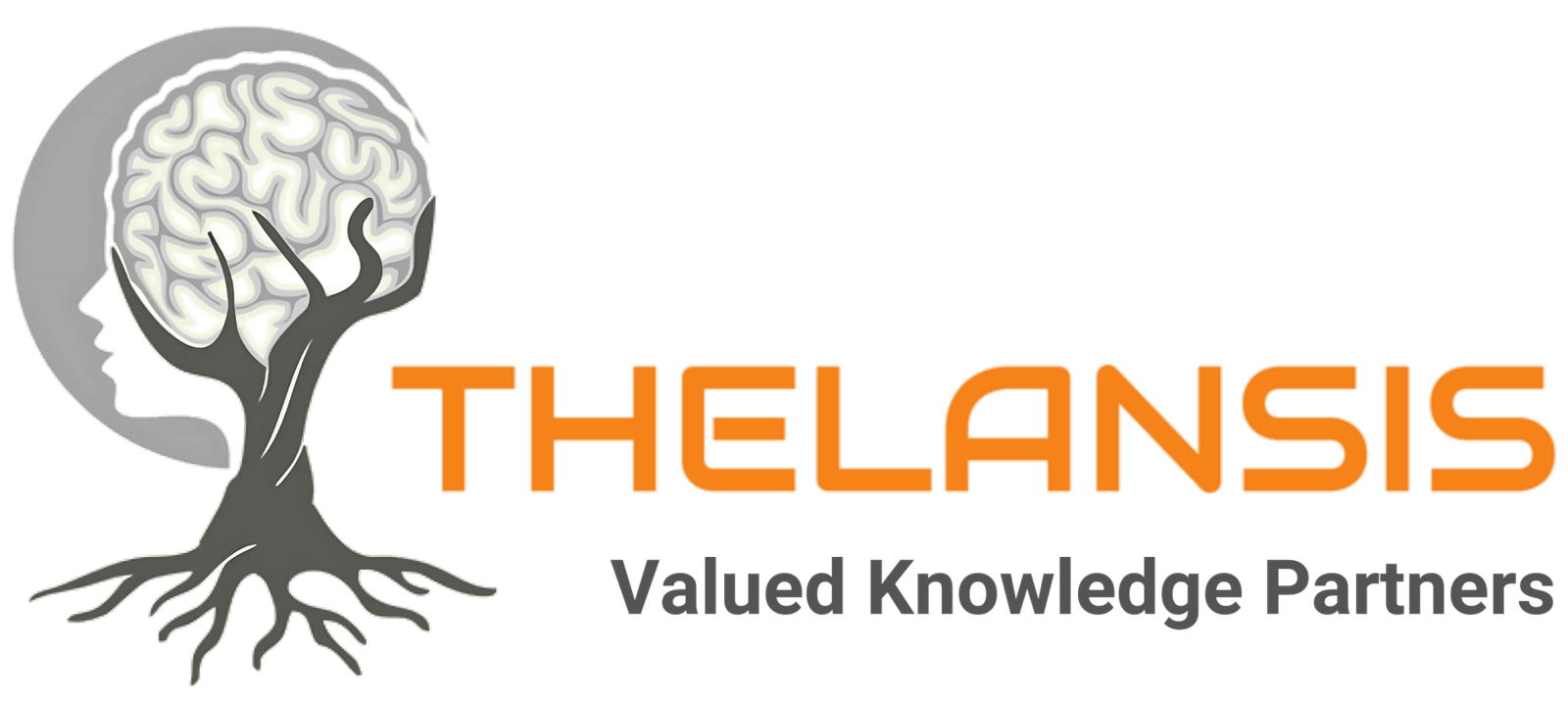
Oct 30 2025
/
The Analogue Advantage: A Smarter Way to derive the market uptake and New Product revenue Forecast
Background:
Launching a new therapy in the oncology space is one of the most complex and challenging in the pharma and biotech industries. With evolving treatment landscapes, shifting market dynamics, and diverse patient journeys across geographies, forecasting future uptake has never been straightforward.
One of our valued clients, a leading pharmaceutical company, approached Thelansis to develop a comprehensive global forecast for one of its later-stage pipeline assets targeting relapse and refractory cases within the oncology treatment setting. The client’s objective was to understand how similar products had performed in similar treatment and comparable market settings to devise strategic plans for launch, pricing, and lifecycle management.
During initial discussions, it became clear that the client’s key priority was to identify suitable analogues, and this is where our Analogue Analysis Tool became central to the project.
Objective:
To build a robust, data-driven assumption matrix that could serve as a foundation for forecasting and scenario modeling of the client’s upcoming oncology product.
Our team set some specific objectives:
- To identify and validate the most relevant analogue products across markets.
- Launch performance metrics benchmarking, such as uptake curve, peak share, and time-to-peak.
- Quantifying key success factors and potential challenges that could influence the product’s commercial trajectory.
- To evaluate future market trends and their success probability.
Approach:
1. Analogue Screening and Selection:
Our team started by diving deep into Thelansis’s extensive analogue database, which taps into the details of launched oncology therapies and their utilization pattern across the United States and the EU region.
- Each potential analogue was evaluated across multiple dimensions, including:
- Therapeutic area, product type, and lines of therapy
- Real-world data
- Product attribute data such as; Safety and efficacy parameters, and adverse event data
- Unmet needs and patient settings (primary, secondary, or critical care)
- Dosage schedule and formulation characteristics
- Commercial performance (value and volume sales data)
2. Analogue Benchmarking:
The selected analogues were analyzed to identify patterns and factors of market performance. Our team used the sample distribution theorem to analyze both dependent and independent variables affecting uptake, enabling them to map the evolution of similar launches over time.
3. Assumption on Matrix designing:
The data and insights derived from the benchmarking exercise worked as a feeder for building the analogue matrix:
- Expected peak market share and time to peak
- Patient share and market uptake evolution
- Key success parameters, including access timelines, competitive dynamics, and prescriber adoption rate
4. Data Integration:
Our team integrated healthcare utilization data, payers data, disease burden, and sales data from the United States and the EU region to ensure realistic assumptions.
Outcome:
The project provided the client with a clear, data-backed roadmap for their oncology launch. By using analogues as predictive benchmarks, they were able to:
- Accurately model multiple market entry scenarios, providing clarity on the most likely uptake trajectory.
- Validate key commercial assumptions, which guided their go-to-market and pricing strategy.
- Enhance cross-functional alignment between clinical, marketing, and market access teams.
- Reduce forecasting uncertainty by leveraging validated real-world analogues and quantifiable success factors.
Ultimately, this approach didn’t just help predict performance or de-risk launch planning but also enabled the client to plan smarter, faster, and more confidently in one of the most competitive therapy areas in pharma.

